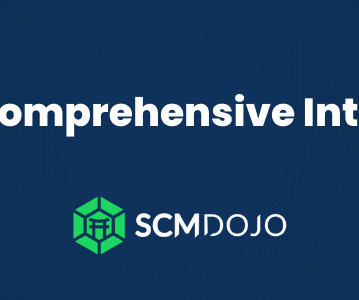What is Supply Chain Management? A Guide to Success
SCMDOJO
APRIL 29, 2024
Sourcing: Sourcing is all about finding reliable suppliers, negotiating contracts, and managing relationships. It encompasses activities such as procurement, supplier selection, and evaluation. A well-established sourcing strategy helps businesses secure the best quality materials at the most competitive prices.












Let's personalize your content